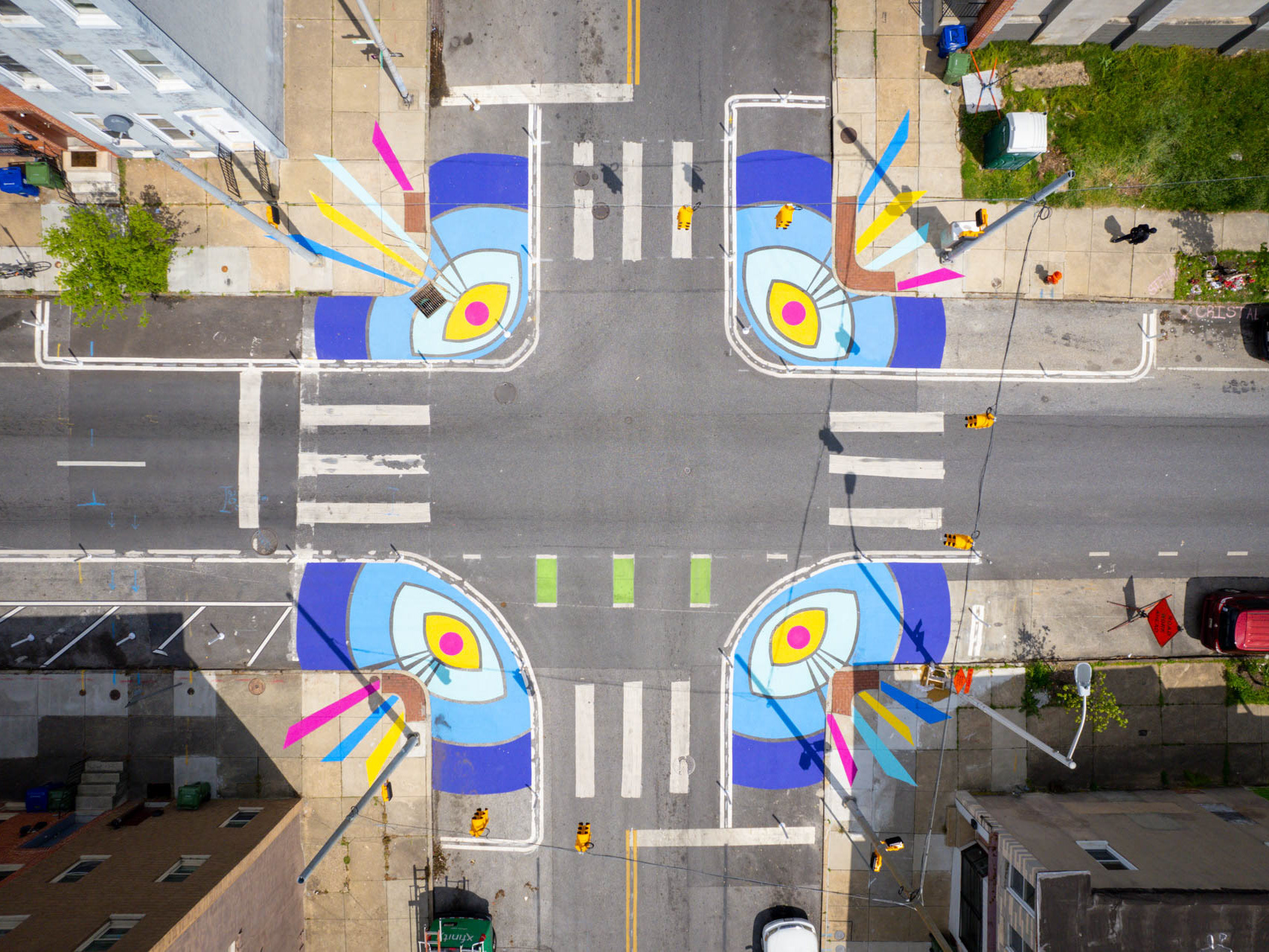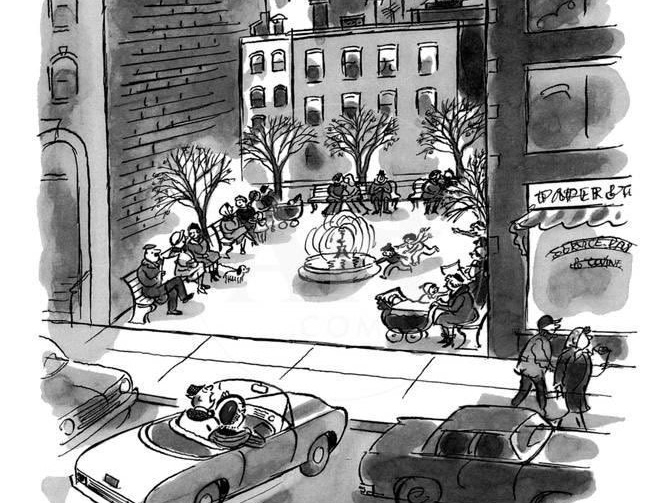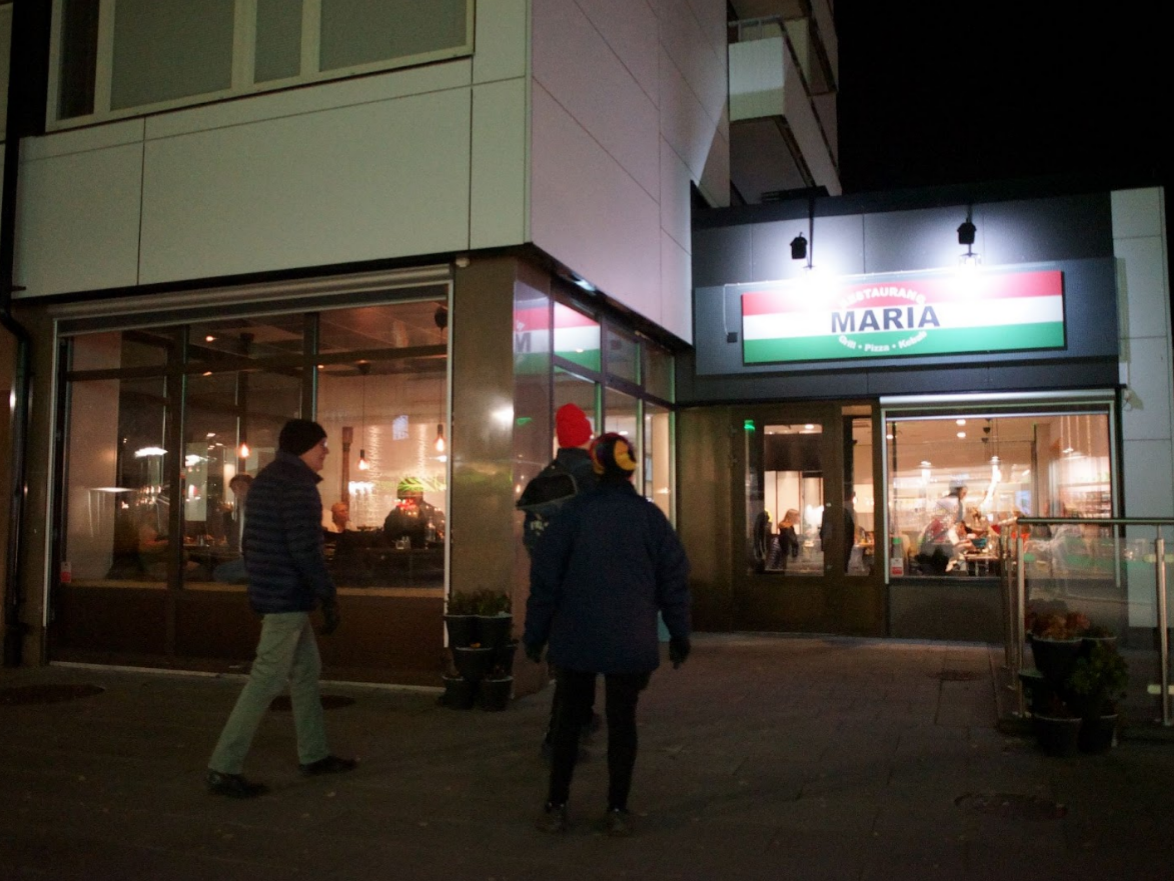On this page you will find a short summary of what ended up being a very long Master's thesis.
An even shorter summary is this:
A vibrant neighbourhood is diverse and integrated.
In Winter & Spring of 2023 I had the pleasure of researching and writing my Master's thesis at Umeå University in Sweden. I chose to write about vibrant public spaces. I did a rather large literature and historical review on the subject. Using this, I developed an analytical framework for analyzing what factors contribute or hinder how vibrant a neighbourhood is, and applied that framework to several neighbourhoods in Umeå.
The primary method used was direct observation (i.e watching, listening, note taking). To aid in the discussion, I took many many photos of Umeå's vibrant (and less vibrant) public spaces.


A vibrant place is abundant in energy and life.
This vibrant energy comes from the presence of a great diversity of people performing a great diversity of activities. Vibrancy is an atmosphere we can intuitively feel in certain public spaces, and likewise we intuitively feel when a place is dead.
There are 6 key ways in which the built environment influences vibrancy. In order of importance, they are: land use, pedestrian orientation, quantity & quality of public space, aesthetics & architecture, landmarks & legibility, and the sensory environment.
Diversity and integration are critical to building vibrant places.
Similar to Alexander's Pattern Languages (1979), diversity & integration can be viewed as fractal. These two components apply at all scales and in all contexts. For example, land use should be diverse and integrated. This means a vibrant neighbourhood should host places of learning, work, living, shopping, playing, etc. Likewise, the hours at which these places operate should be diverse. Furthermore, there should be comfortable pedestrian connections between these diverse land uses (i.e integrated), so that people can flow at ease from one use to another.
Mono-functional suburbs limit public life.
Umeå’s post-war neighbourhoods align closely with the global Modernist trends of the 1950s-80s. They are neither diverse nor integrated: they are instead mass produced and mono-functional neighbourhoods. Because of this, they host little public life. These neighbourhoods are composed of public spaces which, in ideal weather, facilitate a great deal of leisure activity, but not much else. For example, people will sit to enjoy the sunshine or an ice cream, but that is a single instrument in what could otherwise be an orchestra. By allowing for more diverse land uses and institutions which stay open at a wider variety of times (especially later into the night), public life in Umeå’s suburban neighbourhoods can become more lively.




Umeå’s city centre is diverse, integrated, and extremely vibrant.
The city centre exemplifies the principles of diversity & integration. It has a great diversity: there diverse options to sit, places to play, places to work, to eat, to talk, to walk, or to do nothing. This diversity is lies within a significant pedestrian area which comfortably integrates this diversity. One can flow from one activity to another without barriers.
As an example, imagine you bike to the city centre to do some shopping. As you park your bike, a friend who is on their lunch break at a nearby restaurant patio waves to say hi. You walk over to the shop, passing a group of playing children playing. As you leave the shop, you take note of the sunshine and atmosphere around you, and decide to stop for a quick coffee. Your sibling lives nearby, so you give them a call to join you. As you sit at the cafe, you enjoy an age old human activity: people watching. You watch as office workers return to their offices, lunch breaks over. People come and go from the library, and some dogs stop briefly to smell each other.
Importantly, you're not the only person engaging in this age old human activity. All the activity generated from the necessary activities encourage activity for more optional and social activities, like sunbathing and people watching. Jan Gehl puts it best, "something happens because something happens because something happens".






